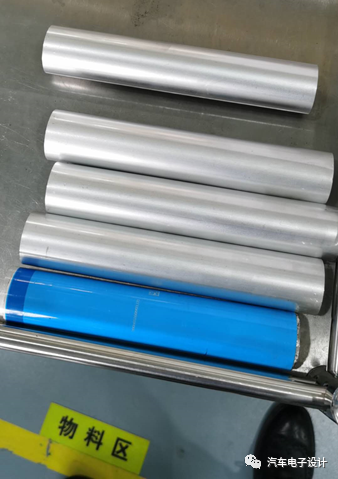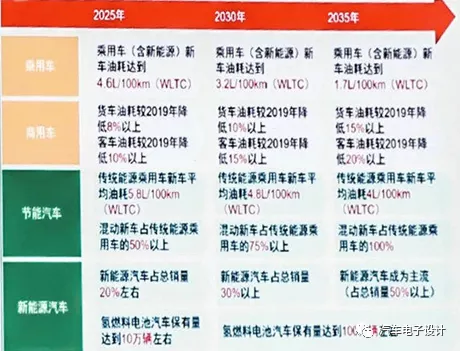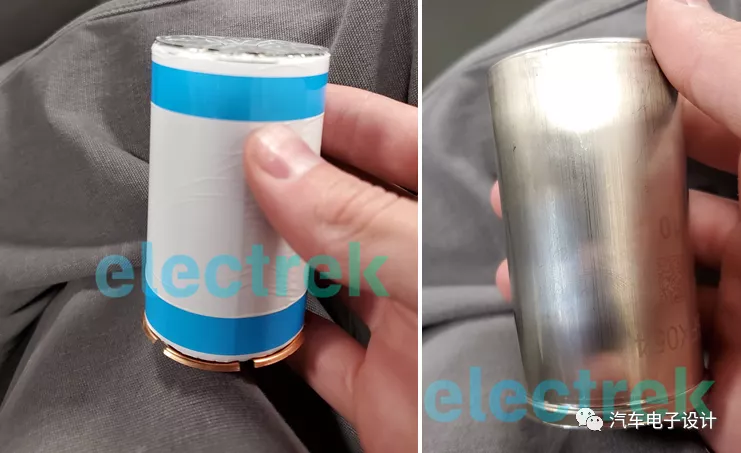
Introduction
We will provide some comments on two important pieces of information (1. Tesla’s Biscuit Tin cylindrical battery cells, which will be announced next week and 2. Wang Binggang’s roadmap 2.0), for readers’ reference.
Tesla’s Biscuit Tin Cylindrical Battery Cells
As we have mentioned before, cylindrical and pouch cell designs are popular in North America, and according to the choices of North American engineers, evolution along this path is inevitable. The reason is simple:
1) The production process of cylindrical battery cells has existed in North America since A123, including Canadian company Hibar Systems that was acquired by Tesla, which mainly focuses on cylindrical battery cells. The overall production line is cheaper (half the cost of prismatic winding and 1/3 the cost of stacking), which is why many Chinese power batteries are based on small cylindrical 18650 when no energy density line is available, and many A00 electric vehicles are made this way.
2) The cylindrical cell route also fits the module design route. Looking at the advantages of cylindrical battery cells along the way, in Tesla’s design, when one or more cells have internal process problems, under parallel connection, there is a 70% probability of self-disconnection or energy release, and consumers may not even notice that the cell is defective. The system only reduces the available mileage due to the reduction in capacity.
3) From another perspective, this type of battery cell can also be used in large or small energy storage. In subsequent technical solutions such as 100 kWh, 120 kWh or even 200 kWh, it can be used both in attack and defense.
Recently, a very large and slim cylindrical battery cell has appeared, as shown in the figure below. However, to be honest, it may be possible to modify the previous small cylindrical production line around LFP to make large cylindrical cells. For low-cost electric bicycles and subsequent A00 targets, which are aimed at 4-5 cents/kWh, this is the way to go.

Roadmap 2.0
Let’s put smart technology aside for now. In fact, we can see that the penetration of smart technology is determined by consumer preferences. From an overall planning perspective, effective overall goal control is still the most important. The biggest change in version 2.0 of the “Energy-Saving and New Energy Vehicle Technology Roadmap” is that, after the route of purely electric-driven vehicles, an overall strategy layout is added to face reality and the future, including a comprehensive “hybridization” pragmatic route.Starting from the following figure, in the next 15 years, regardless of whether traditional vehicles are 48V or HEV, the goal of “hybridization” will be implemented for vehicles sold in China. The previously aggressive advocacy for BEV and the “prohibition of combustion timetable” have been set aside, and the “comprehensive electric drive plan” strategy, which is suitable for traditional automakers to smoothly transition, has been adopted to adapt to the current reality of China’s automotive industry. The figure below illustrates this:

Note: From a strategic perspective, the pure electric drive route is still the main one.
1) By 2025, the new passenger car fuel consumption should be reduced to 4.6 L/100 km, hybrid new cars should account for more than 50% of traditional energy passenger cars, and new energy vehicles (mainly defined as BEV in the future) should account for about 20% of total sales;
2) By 2030, the new passenger car fuel consumption should be reduced to 3.2 L/100 km, hybrid new cars should account for more than 75% of traditional energy passenger cars, and new energy vehicles should account for more than 30% of total sales;
Under this modification, the development of power battery technology also needs to follow the development of 48V and HEV demand for power type. The previous energy-based BEV requirement is not completely dominant, and PHEV, which balances energy and power, is relatively awkward. For power cost and characteristics, three categories of popular, commercial, and high-end are proposed, shifting from an energy density-dominant evaluation system dominated by subsidies to a safety-first approach that considers performance, cost, and life expectancy.
In fact, in simpler terms, according to the status quo of 2020, the compromise between power battery safety and cost needs to transition from energy density priority and cost priority to a new stage, which means a transformation in many aspects.
In reality, by 2020, the integral supply may be insufficient, so domestic companies focusing on 48V and HEV are not “All in BEV” as before. According to current trends, since the slope of CAFÉ by 2025 has been slowed to some extent, WLTC for conventional car models is only 5.8 L WLTC, which may pave the way for further development.
Conclusion
Looking ahead, the industry pattern will change. The quantity of high-end BEV is limited and nickel domination is not the be-all and end-all, as HEV hybrids become part of the practical route. Overall, the industry pattern will be rewritten once again.
This article is a translation by ChatGPT of a Chinese report from 42HOW. If you have any questions about it, please email bd@42how.com.
